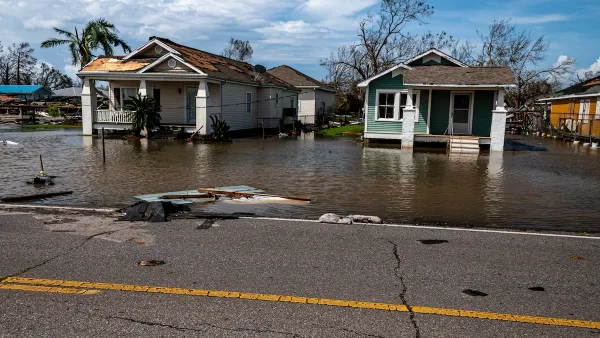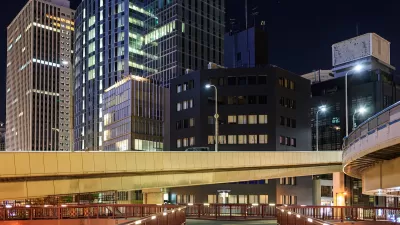Since the pandemic, office vacancy rates remain high, leading many cities to adjust zoning codes to accommodate adaptive reuse.

U.S. office inventory is dropping as some buildings are converted to housing or other uses while others are demolished, according to CBRE data.
Joe Burns explains the trend in SMart Cities Dive. “Among the 58 markets CBRE tracked, it expects 12.8 million square feet of space to be converted to other uses this year and an additional 10.5 million square feet to be demolished. The firm estimates just 12.7 million square feet of new office supply.” Office conversions in the pipeline this year amount to 1.9 percent of total office inventory, and the number of conversion proposals has increased every year since 2020.
Older buildings, which can be less suitable for conversion, make up over half of demolitions and 35 percent of conversions. “Building size and location, rising construction costs, less labor availability and persistently high interest rates also factor into conversion or demolition decisions, adding further impediments, CBRE says.”
Conversions of office buildings to life science uses peaked during the pandemic, but have since dropped. Now, hotels make up the second most popular type of office conversion at 8 percent.
Cities with zoning reforms that support adaptive reuse are seeing high rates of conversions. “Manhattan currently has 10.3 million square feet of conversion space underway or planned, leading the nation, CBRE says,” in part due to ’City of Yes’ zoning reforms. San Francisco, where the office vacancy rate is 28.4 percent, recently created a downtown revitalization financing district to incentivize conversions.
FULL STORY: Office conversions accelerate, but many older buildings face demolition: reports

Planetizen Federal Action Tracker
A weekly monitor of how Trump’s orders and actions are impacting planners and planning in America.

Vehicle-related Deaths Drop 29% in Richmond, VA
The seventh year of the city's Vision Zero strategy also cut the number of people killed in alcohol-related crashes by half.

As Trump Phases Out FEMA, Is It Time to Flee the Floodplains?
With less federal funding available for disaster relief efforts, the need to relocate at-risk communities is more urgent than ever.

A Case for Universal Rental Assistance
A pair of researchers argues that expanding rental assistance programs for low-income households is the most effective way to alleviate the housing crisis.

Office Conversions Have Increased Every Year This Decade
Since the pandemic, office vacancy rates remain high, leading many cities to adjust zoning codes to accommodate adaptive reuse.

Index Measures Impact of Heat on Pedestrian Activity
When heat and humidity are high, people are more likely to opt for cars when possible.
Urban Design for Planners 1: Software Tools
This six-course series explores essential urban design concepts using open source software and equips planners with the tools they need to participate fully in the urban design process.
Planning for Universal Design
Learn the tools for implementing Universal Design in planning regulations.
JM Goldson LLC
Custer County Colorado
Sarasota County Government
City of Camden Redevelopment Agency
City of Astoria
Transportation Research & Education Center (TREC) at Portland State University
Camden Redevelopment Agency
City of Claremont
Municipality of Princeton (NJ)





























